Bosch: Artificial Intelligence in Building Control
The digitalization of buildings of all sizes promises to deliver significant benefits for their owners, operators, and the individual users. It already made the automation of system controls possible using smart technology a long time ago – but when confronted by increasing complexity, artificial intelligence makes its welcome appearance. First of all, you build a digital twin of the building, such as Bosch Building Technologies does. This provides the most transparent view of all the elements of the building’s technology – and shows their most efficient way of working together. GIT SECURITY spoke about the subject with Andreas Mauer, Chief Architect at Bosch Building Technologies.
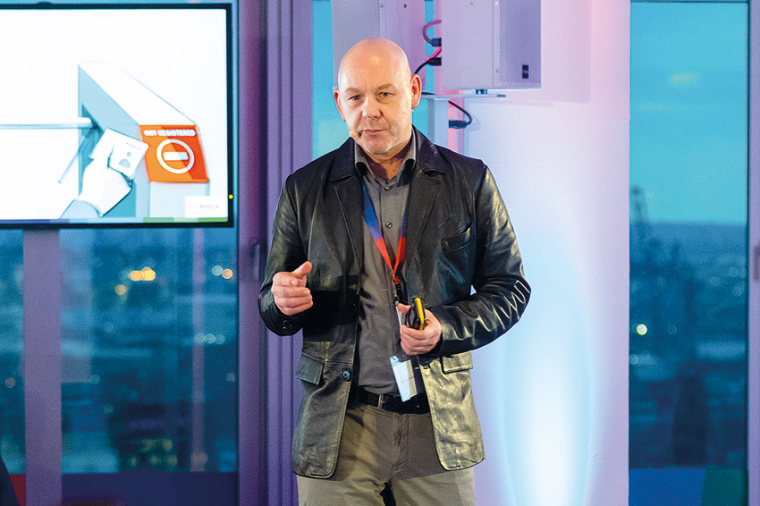
GIT SECURITY: Mr. Mauer, a home loan bank once said in its advertising that it is human nature to want to build a house. Where did your personal interest in buildings come from?
Andreas Mauer: It’s actually linked to my family history. We had a structural engineering business, so we had architects and bricklayers in the family. From an early age, I used to sit next to my grandfather in the excavator. The plan would have been for me to take over the business at some point, but instead, I was drawn to the world of IT. I put that down to my enthusiasm for planning and building something from nothing.
But that background presumably gave you more of an aptitude for technology?
Andreas Mauer: I certainly felt an affinity for it early on – repairing trucks or excavators, for instance. I wanted to know who switches off the light in the refrigerator, and I played with experimental building kits. My professional passion was actually ignited during my apprenticeship at the VW plant in Wolfsburg. It was there I first encountered production lines and industrial robots, and all the automation and information technology. That fostered my interest in the relationship between operational technology and IT. I went on to work in that very field for a number of years in Sweden and the USA, and I then spent eleven years in consulting before joining Bosch.
For centuries, a building has been more than just walls with doors, windows, and a roof. In more recent times, the digitalization of building functions and building management has been bringing about huge changes. To get straight to the crux of the matter, what does your vision of a digital building look like?
Andreas Mauer: Bosch Building Technologies focuses on commercial buildings, such as office buildings, shopping malls, airports, or factories. One aspect of digitalizing such buildings is understanding the processes that take place within them. Examples of areas we are working on include parking space management and the extent to which meeting rooms or elevators are being used. Then we have to consider the conclusions that need to be drawn from this in the interests of our customers, and what these mean for the building occupants, such as chefs, canteen staff, office employees, and janitors. Essentially, it is about understanding the building as a whole, being able to manage and operate it effectively, and asking how digitalization can help with this.
That suggests a shift away from a building managed by us toward an intelligent building that largely manages itself, doesn’t it?
Andreas Mauer: In the first instance, a shift toward intelligent systems means the building can, as it were, reveal itself to us, depicting the physical reality in the form of digital representations. We obtain transparency regarding the performance of the heating, lighting, and cooling systems, which we obviously want to work as efficiently together as possible.
What is driving this desire to digitalize buildings in practical terms?
Andreas Mauer: Here too it’s all about the major and important issue of sustainability, to which the building sector can also make a particularly positive contribution. As I’ve already mentioned, the prerequisite for operating buildings in as eco-friendly and efficient a way as possible is to obtain transparency of all processes in the respective building. Service engineers play a key role here given that they are responsible for operating the building technology. To detect inefficiencies, map them out, and optimize the situation, service engineers require transparency of all processes in the building so they can take appropriate action. This is only possible when based on reliable data – and that is what we at Bosch Building Technologies can make available to building owners, operators, and occupants in the form of certain IoT services.
Besides this growing environmental awareness, there are also increasing ESG reporting obligations that require building owners to provide information about the sustainability of their buildings. Added to that are the rising energy costs that are bringing us an ever greater number of orders. In other words, practices geared toward efficiency and the environment have gone from being ‘nice to have’ to an absolute must in the building sector.
In terms of digitalization, what role does artificial intelligence (AI) play in this context and how does it differ from smart technology?
Andreas Mauer: In a nutshell, the use of AI becomes an attractive option at the very point where smart technology reaches its limits due to the complexity involved. I would describe smart technology as expert know-how and test results that have been converted into rules for the control automation of building technology – things like automatically switching off the lights under certain circumstances, etc.
However, these relatively simple rules are no longer adequate to deal with the complexity resulting from the combinatorial analysis of different building areas and systems in a large, modern building. This extends from the lighting in the entrance area and access management through to heating, ventilation, and air conditioning. If AI is to be used in building management, it is first necessary to create what is referred to as a digital twin.
Our approach at Bosch Building Technologies is to transfer relevant systems in a building and the topology of the building itself into semantic models called digital ontologies that the AI can subsequently evaluate. It is then possible to obtain answers to important questions, such as which rooms here at the Grasbrunn location have a temperature that deviates by two degrees from the required level and why that is. That’s a quick way to establish whether everything is working as it should, or whether maintenance or repair work is required to optimize the existing technology. This benefits the environment and also saves money. The results from all our digital twin’s measuring points are recorded, so we can also incorporate past results into the analysis of optimization potential and obtain a more comprehensive and accurate picture.
So AI can answer complex questions relating to building operation?
Andreas Mauer: That’s right. In our digital twin, AI can detect issues, such as system anomalies, and ascertain, for instance, that certain room temperatures are abnormal for the relevant time of year. To use the technical jargon, we project domain knowledge into ontologies that we turn into a digital agent in a digital execution context, thereby creating a learning system that uses deep reinforcement learning. In other words, we convert today’s expert knowledge into a digitally executable format with a futuristic master of optimization. This is where AI really starts to roll and deliver transparent benefits.
Bosch launched its Nexospace digital service suite a while back. To what extent does it already
match your vision?
Andreas Mauer: Nexospace is based on a whole series of digital building blocks, including the building’s connectivity with its systems, which then results in system integration in the relevant project context. Using the building’s digital twin, this integration can be standardized and relevant domains can be viewed together at any time. That means we can continuously monitor, learn, predict, analyze, and – in the future – also simulate.
As I see it, there’s a good chance of enhancing the technology in a way that will enable us to successfully model scenarios such as the following one: If the state premier were to announce a visit to a company the next day, accompanied by a hundred people, it would be possible to simulate in advance what the requirements would be in terms of tables, catering, heating, ventilation, and air conditioning. That would involve everything from management of the building technology to proactively procuring spare parts and arranging the availability of a service engineer with the shortest possible distance to travel.
Suppose you receive an order from a bank building in Frankfurt, how long would it take to create a digital twin?
Andreas Mauer: That depends. If the customer is already using building information modeling – BIM for short – a process that produces a digital representation of a building, our tools can create the digital twin very easily on this basis. The whole procedure is then highly automated. It’s a whole different matter if the building plans are on paper. At present, formats of this kind still have to be laboriously converted into formats that the machine understands. In the future, it is envisaged that AI will help with this ‘onboarding’, using cognitive models that obtain the relevant information from PDF files or scans of paper documents. We are currently working on an ‘onboarding co-pilot’ into which we are incorporating artificial intelligence to provide this transfer service. That will be particularly useful, because BIM is still not in widespread use and, even where it is used, security and safety technology is often not included. Things are far more advanced in Scandinavia and the UK where all new planning must be compatible with BIM.
Can you give us an idea of the benefits of these innovations for individual users?
Andreas Mauer: In this context, we make a distinction between the three big Os – that is to say the owner, the operator, and the actual occupants in their different roles in the building. Owners want an attractive property in their real estate portfolio. They are keen to retain as many tenants as possible and obtain many new ones. Also related to this is the incentive of being able to plan their investment, in other words, determining where they should invest, where they should build something new – preferably, planned or renovated in a sustainable way based on ESG criteria. For operators, the important matter is whether something might be broken, whether it’s too warm or too cold, etc. They must also regularly carry out maintenance work on equipment, such as fire detectors, and ultimately ensure the occupants are happy. Things such as accessibility, intelligence, how easy it is to book a meeting room, and whether this can be done via an app, are especially important to young people working in a building. Connectivity is also a key factor for them.
With our Nexospace digital service suite, we have made a start on winning over all three of these groups. A digital building has a motivating effect on the occupants and makes things more convenient, efficient, and sustainable for owners and operators. We can achieve all that if we take a holistic approach to the concept, transparently modeling the processes followed by the occupants and the interaction between the systems, and all the while evaluating the physical reality digitally. This applies equally to everything from a small school building to an office skyscraper.
We’re conducting this interview in the form of a video meeting and I’m certainly not at the office. Do you think these issues have become less relevant, especially in the case of office and administrative buildings, as a result of the Covid-19 pandemic and the increased number of people working from home, working remotely, etc.?
Andreas Mauer: The world of work has indeed been completely transformed. Hybrid working and the use of smart and intelligent systems are making it possible for areas of buildings to be used more flexibly. For example, you can decide to rent individual building areas as required. The considerations when it comes to investing in buildings for commercial use, in particular, are therefore changing a great deal. That also has implications for security and safety technology, as more flexible usage also changes the security and safety requirements. We want to reflect all that at our new headquarters in Munich too, which we will provisionally be moving into at the end of this year. Given that we will be working there on a carbon-neutral basis, we are also acknowledging our corporate social responsibility.
How much progress have German-speaking countries made with regard to the digitalization of buildings? No doubt the USA and China are well ahead?
Andreas Mauer: In the USA, although not everywhere there either, there are areas where people are more ready to experiment, especially when it comes to IoT. The same applies to certain centers in China that have lighthouse projects. Overall, it has to be said that the commercial building sector has tended to adopt a conservative approach. However, a great deal is currently happening in the building sector due to the desire for sustainability, which is a strong driving force.
In Europe, incidentally, the Dutch, the British, and especially the Scandinavians are more active in this regard than German-speaking countries. In Germany, Austria, and Switzerland there is still a relatively large amount of skepticism, particularly regarding the question of whether an investment is still beneficial for the actual building owner – or occupants who arrive later on. This means that in those countries we are under more pressure to provide evidence of the benefits.
We’ve spoken a great deal about the vision. How far into the future do your plans extend, what major steps will you be embarking on next, and with what kind of timescale?
Andreas Mauer: All the issues we’ve discussed are absolutely core elements of our strategy at Bosch Building Technologies. We want to build more and more perfectly integrated intelligent systems. We are always looking ahead, building things up with our customers bit by bit. The pursuit of sustainability lends more weight to the claim that environments must change to serve their purpose.
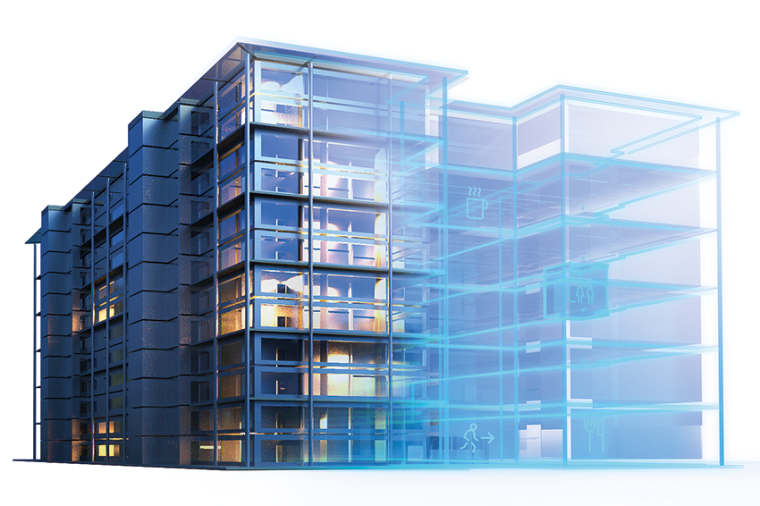
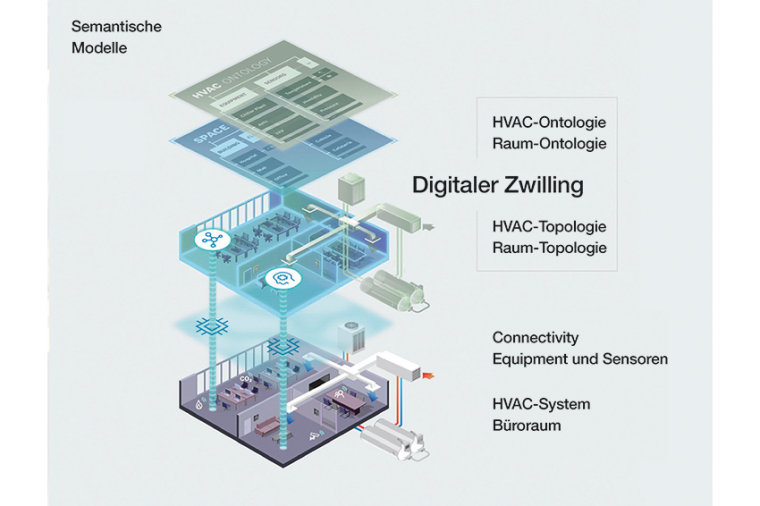
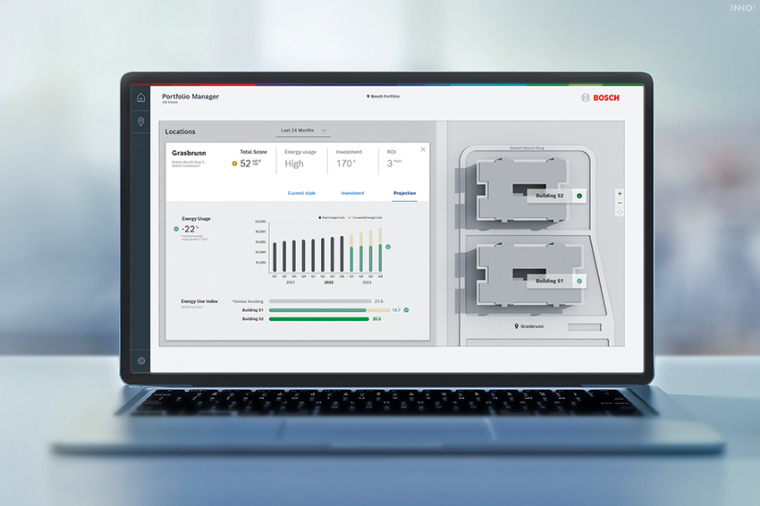
most read

When the Internet stumbles: Why DNS is important
When DNS fails, the internet stumbles-AWS outage proves resilience and redundancy are vital for digital trust
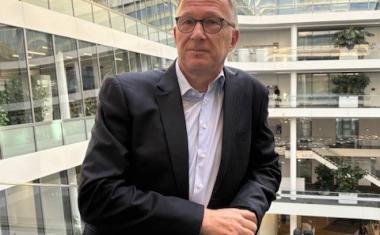
VIP-Lounge Interview: Marco Mille, Global Head of Security, Siemens AG
VIP in the World of Security: Marco Mille, Global Head of Security at Siemens AG

Assa Abloy's battery-powered Aperio KL100 secures lockers
Boost workplace security and operational flexibility by securing more than just doors.

Is Your Venue Ready for Martyn’s Law?
Martyn’s Law demands stronger security by 2027. Is your venue prepared to protect and respond?

Security management, building security & perimeter protection: the winners of category E at the GIT SECURITY AWARD 2026
GIT SECURITY AWARD 2026: Security management, building security & perimeter protection - an overview of the most innovative solutions








